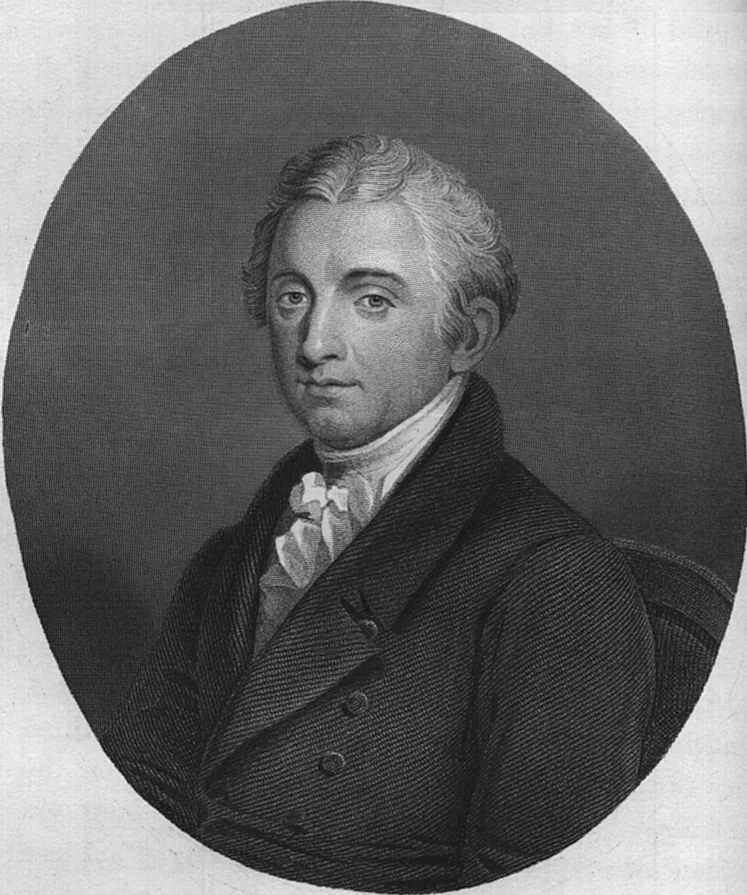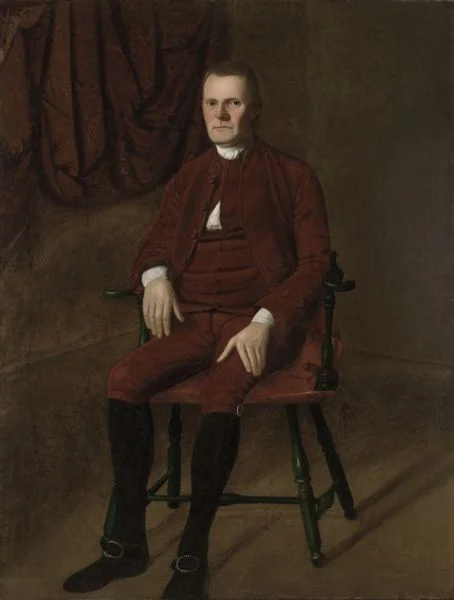An Incredibly Brief Overview Of The Ratification Of The Constitution
Today, September 17th, is Constitution Day.
This is the day the Constitution was signed in Philadelphia to be sent out into the world and beg for ratification.
I thought this would be a great opportunity to reflect on the loooonnnnggg process the document went through to go from a ‘proposal’ to law. Don’t worry, we’ll be back to the Founders tomorrow.
“The Ratification of the Conventions of nine States, shall be sufficient for the Establishment of this Constitution between the States so ratifying the Same.”
And so the Constitution presented the means to have itself ratified.
All of the States in the young nation, just four years removed from wining their War of Independence, were instructed to meet. At these meetings, the new Constitution was debated and voted on.
Eventually, as we know, all thirteen States ratified the Constitution.
In modern America, the Constitution is viewed as political scripture. Whether liberal or conservative, Americans typically point at the Constitution to support their beliefs. It is the basis of our entire system of laws and, therefore, is generally seen as the best possible government.
Uncertain Ratification
We like to assume that the Constitution was written by a group of brilliant men, the nation rejoiced, and the new government was passed unanimously.
In actuality, this was not the case.
Yes, many of the authors had above average intelligence, even for today. They certainly had the best educations in their time.
However, the nation, at large, did not rejoice.
Instead, they reflected.
In most States, the Ratification Conventions consisted of members who were elected by the people. Those people had to decide on their opinion of the new government and vote for representatives who supported their views.
Finally, this document was not passed unanimously.
Quite the opposite.
Many people were fearful about the lack of a Declaration of Rights (the Bill of Rights would eventually be written and passed as Amendments, proposed by the First Congress and ratified by the States).
Some delegates had walked out of the Constitutional Convention, refusing to sign.
Many of the ratification votes were close. Some States even put off their Conventions because of how disinterested they were in changing over from the Articles of Confederation.
Ratification was far from a certainty.
Let’s take a look at an incredibly brief overview of the process the Constitution went through to be ratified.
The States
The first few States (Delaware, Pennsylvania, New Jersey, Georgia and Connecticut) passed the Constitution relatively easily. All but Pennsylvania and Connecticut ratified the document unanimously.
Massachusetts, one of the largest States and, therefore, the most necessary for ratification, was extremely close. There were 355 men who came together in one room to discuss the new document, by far the largest group. The Massachusetts meeting did ratify the Constitution, by 19 votes. That’s right, 355 voters and the Constitution was only passed by 19 votes!
Soon after, Maryland and South Carolina ratified easily, leaving the new government one State short of the necessary amount.
The ninth State was New Hampshire, who had dissolved their first Convention without making a decision. The second Convention ratified 57-47, just a ten person majority. This tight vote led to the official establishment of the United State under the Constitution.
The next State to ratify was Virginia. As the largest and most populated State, they were absolutely necessary for the Constitution to be taken seriously. Keep in mind, four of the first five Presidents would come from Virginia and it’s territory consisted of today’s West Virginia and Kentucky as well as parts of Ohio and Indiana. Some of the largest voices from American Revolutionary history spoke out against the Constitution but their 89-79 vote approved the document, again by just ten votes.
A month later, New York held their Ratification Convention. The New York delegates who went to the Constitutional Convention were so against the assumption of State power, they walked out of the Pennsylvania State House and went home. After the 57 men at the New York Ratification Convention voted, the document passed by 3 votes. Yes, New York joined the union with only a 3 vote majority!
The following year, Congress assembled. George Washington took the oath of office as the first President. The Supreme Court Justices were nominated and approved.
And the Unites States of America consisted of only 11 States.
Finally, more than two years after the Constitution was signed in Philadelphia, North Carolina saw the writing on the wall. Despite a long, protracted battle, North Carolina decided to join the Union.
Rhode Island
That left Rhode Island.
Rhode Island was so against the Constitution, they didn’t even send delegates to the Convention which created it.
They liked the Articles of Confederation because, in essence, it made Rhode Island its own country. (Technically, before ratification of the Constitution, all the States were considered separate countries and the Articles of Confederation was a ‘firm league of friendship.’)
Rhode Island was content with governing themselves. Actually, they didn’t even hold a Ratifying Convention at first. Instead, they held a referendum (AKA a vote by the citizens at large).
The referendum said no.
Then they had several Conventions, all of which voted against ratification.
Finally, they realized they were now surrounded by a massive country and decided, more than a year after Washington took office, it was time to join the new government.
This was in May of 1790. It had taken more than three years to create and ratify to the United States Constitution.
Happy Constitution Day!!!
If you are interested in the lengthy process of instituting the Constitution as law, I HIGHLY recommend you read ‘Ratification’ by Pauline Maier. It is absolutely one of my favorite books. It is such a wonderful look at the victorious Americans deciding on just what government would be best. It also references a number of Founders who are often overlooked (which we at Founder of the Day obviously love).
Pick it up at you library or through our affiliate link below.
Also, if you are new to the site, consider subscribing to our email list to receive a new Founder every day!






